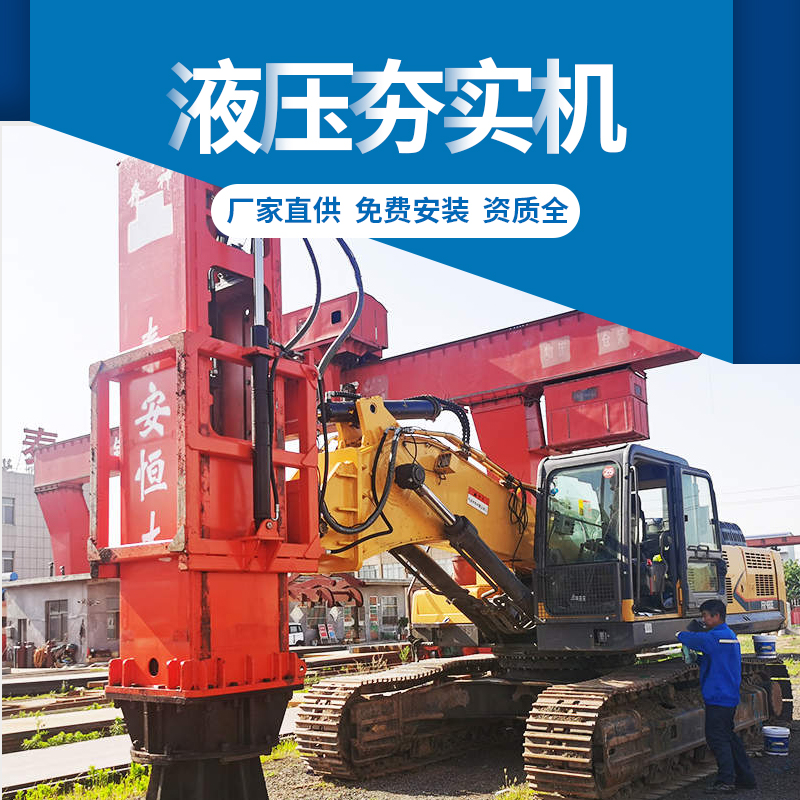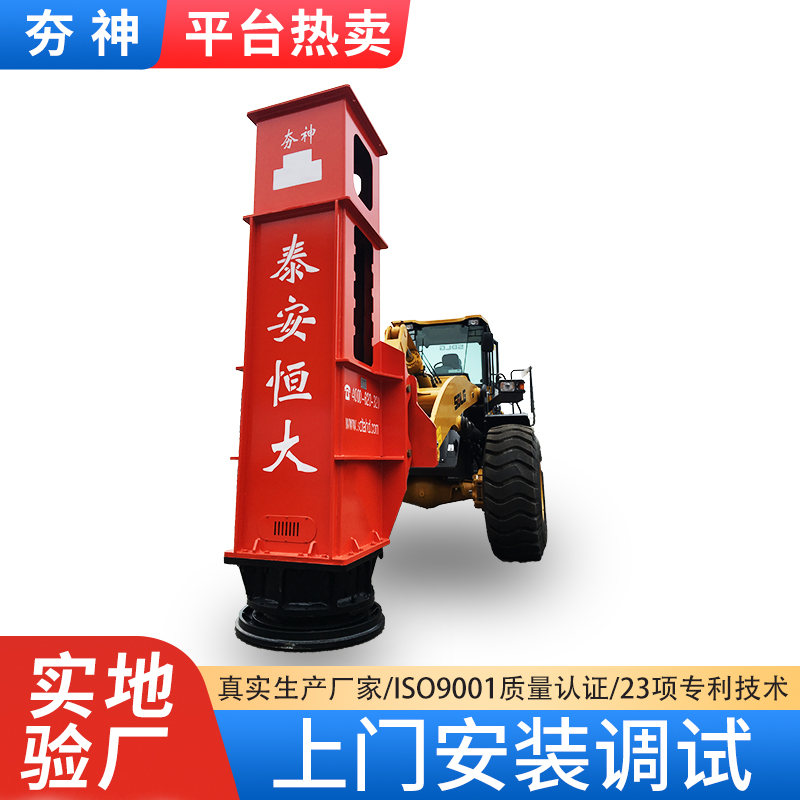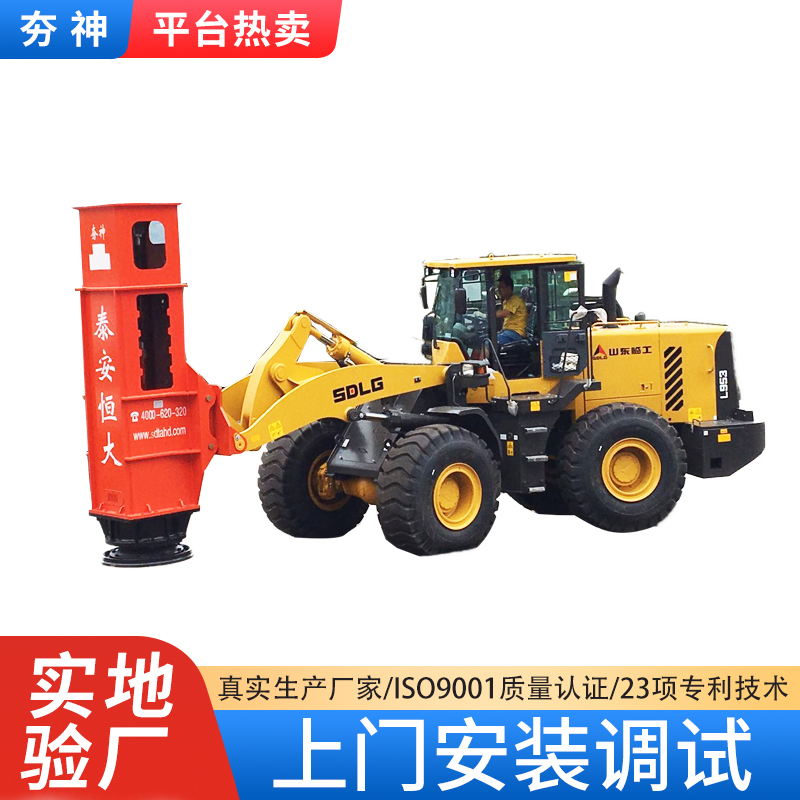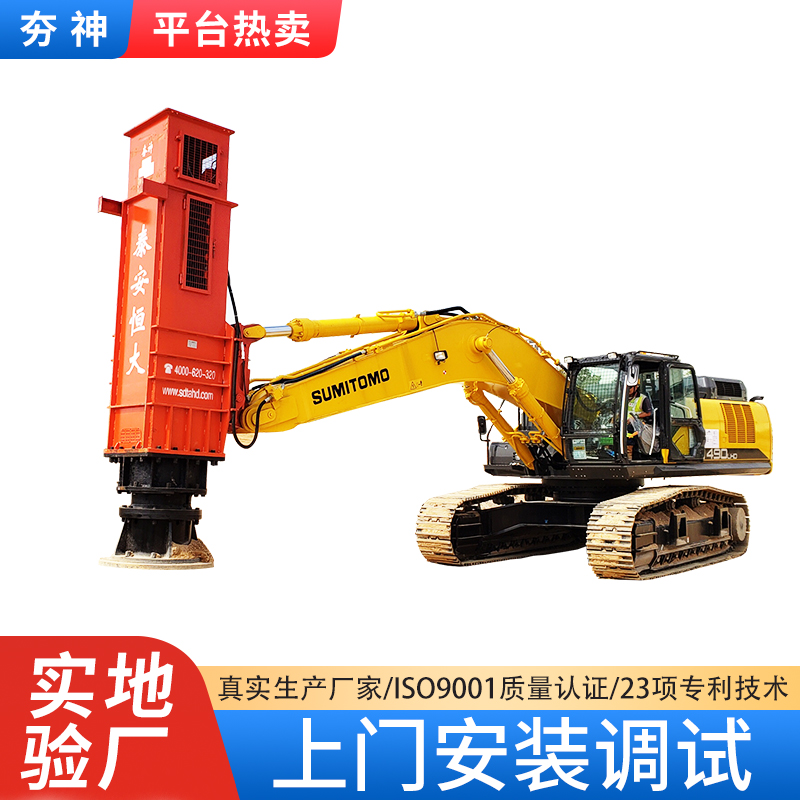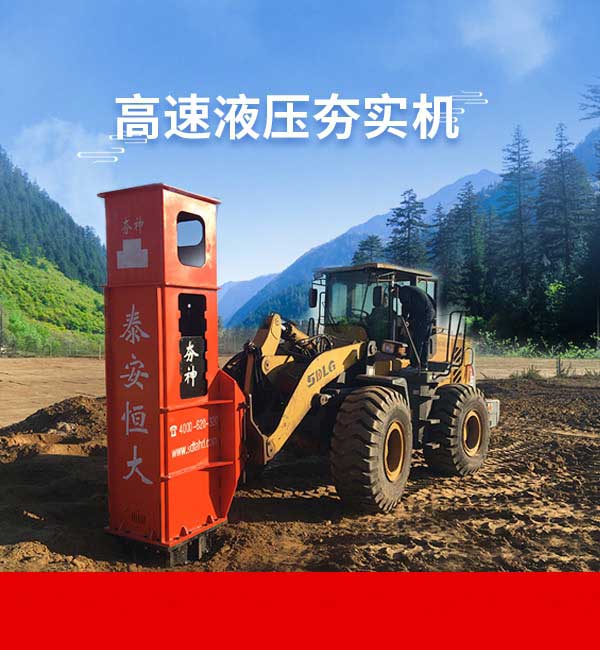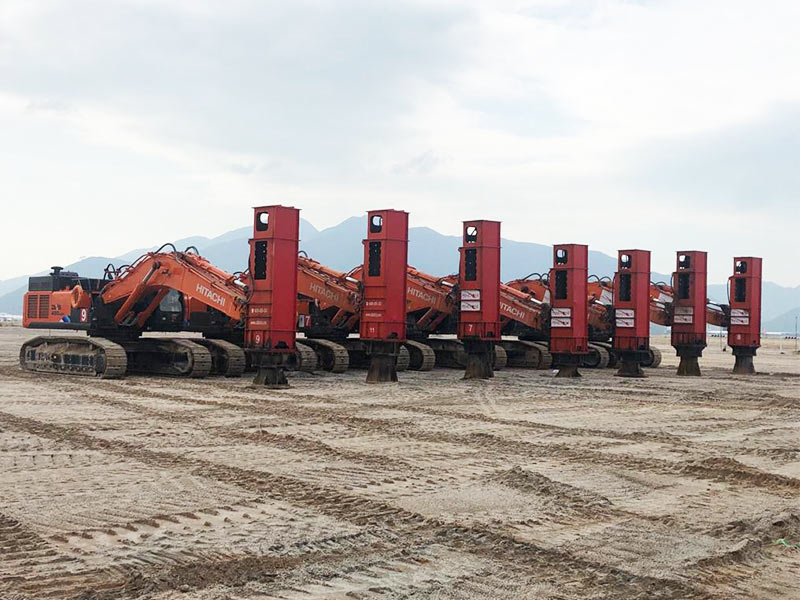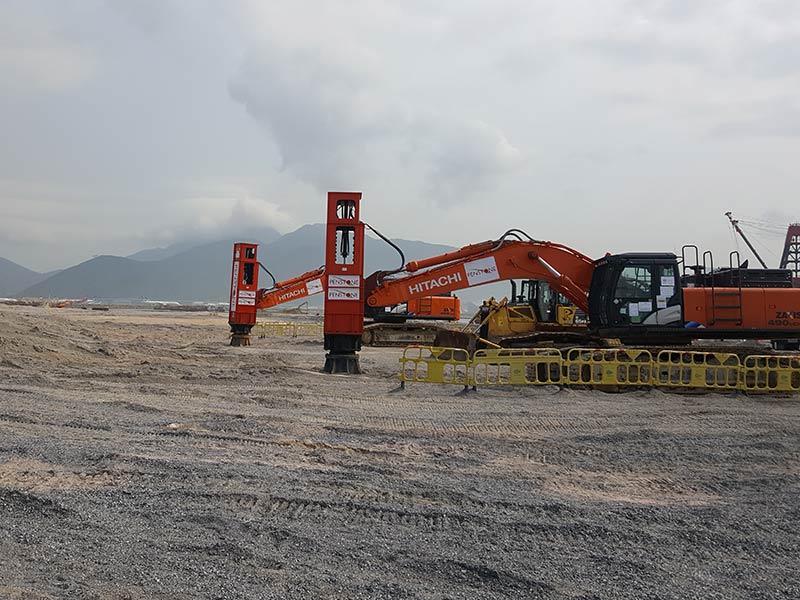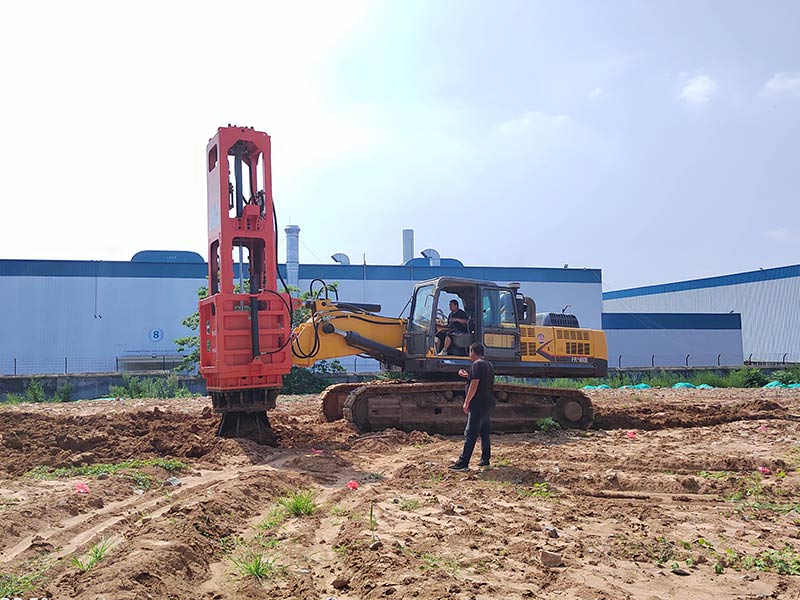The model used in the operation is the hangshen Rapid Impact Compaction, with a tamping weight of 3T, a tamping potential energy of 36kj, and a frequency of 30-80 times / min. The tamping energy can be adjusted in three levels: low, medium and strong as required. The tamping frequency can also be set as two different operation modes, automatic and manual, to meet the requirements of different working conditions.
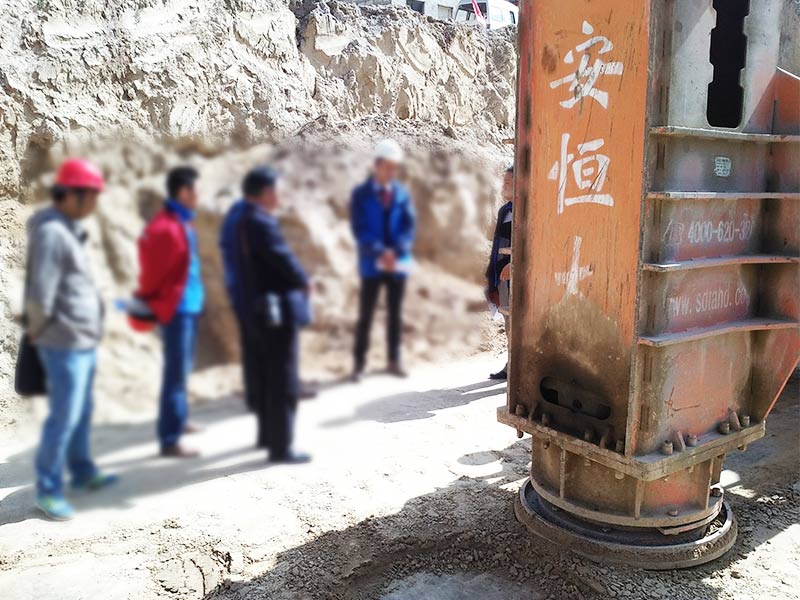
According to the on-site trial of expressway, the following operation process of Rapid Impact Compaction is determined
1. Layout of operation points - contact type and interval type contact type: the edges of each tamping point are in contact, and the points are closely arranged in contact equilateral triangle, which is suitable for narrow areas or sections with high quality requirements.
Gap type: the tamping points of each hydraulic tamping machine are spaced at a certain distance from the edge, and the points are arranged in an equilateral triangle. The spacing distance is generally twice the radius of the bottom of the tamping hammer, which can be determined according to the site conditions and quality requirements.
2. Operation mode - straight line operation method and sector operation method
Straight line operation method: each single point of operation, and then move forward or backward to the next point, which is applicable to the layout of interval operation points.
Sector operation method: three points on the left, middle and right of each operation, and then retreat to carry out the next row of three-point operations, which is applicable to the layout of contact operation points.
3. Number of working hammers - carry out the tamping operation of accumulating 3 hammers each time, and determine the number of on-site working hammers that meet the design requirements according to the corresponding test results; In addition, the relative settlement of the last three hammers of the Rapid Impact Compaction is not more than 1cm, which is the basis for determining the maximum number of hammers.
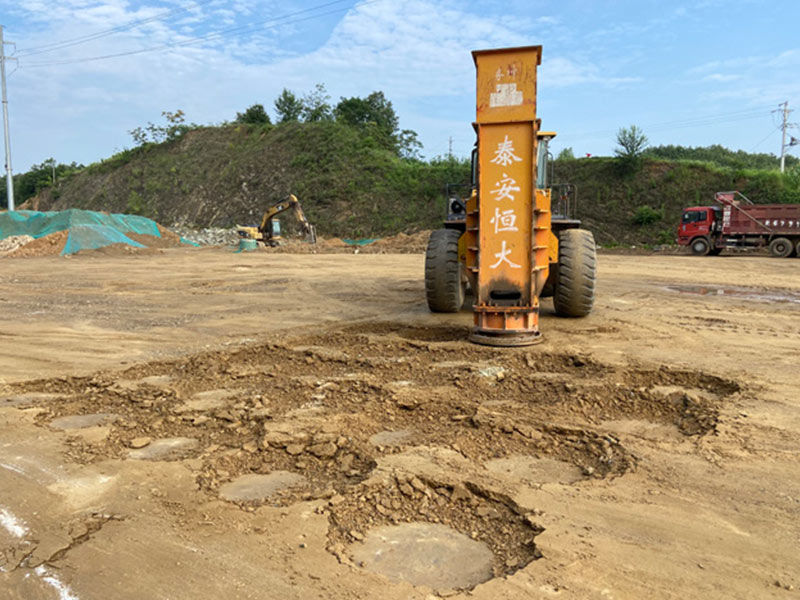
Practical effect
At the site of a highway in Gansu Province, several representative special sections were selected for compaction.
Reinforcement of culvert side at abutment back
With the rapid construction of high-grade highways in China, the construction of bridges and culverts, especially culvert structures, has increased sharply. According to the current construction technology in China, the filling of abutment back and culvert side retaining wall back is carried out after the completion of these structures. During filling, it is required not only to ensure that the structure is not damaged, but also to have sufficient compactness. Due to the narrow location, the operation of large compaction machinery is inconvenient, and the small compaction equipment is also difficult to achieve the specified compaction degree, so the construction is difficult. Hc36 hydraulic tamping machine is especially suitable for tamping operation in such a narrow area because of its mobility and adjustable tamping energy.
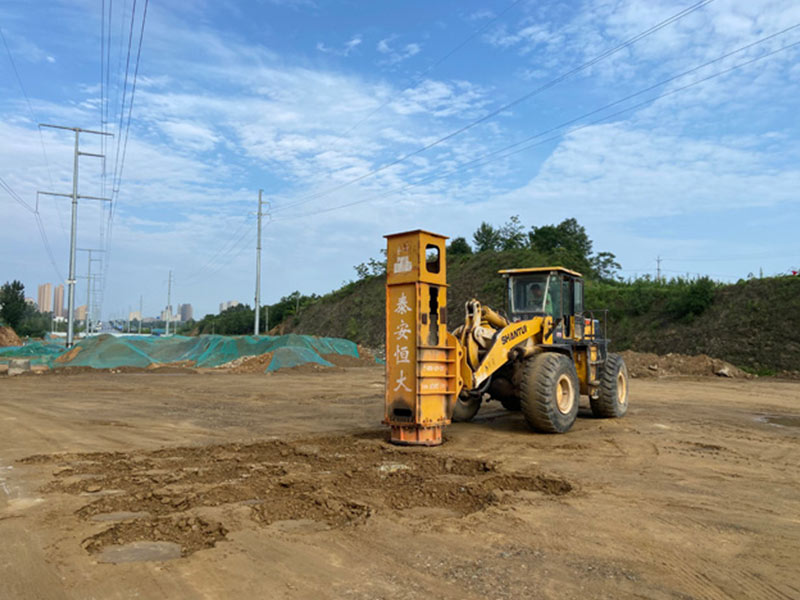
The back of the retaining wall at the side of a culvert is selected for backfilling at the operation site. The filler is unscreened gravel, and the particle size of the filler is not greater than 15cm. Geogrid shall be paved every 60cm. Excavate a 3M working face, roll it with a 16t vibratory roller, and then use hc36 Rapid Impact Compaction to conduct cumulative reinforcement with strong 6-hammer, 9-hammer and 12-hammer. Adopt the sector operation method, accumulate 3 hammers each time, and conduct settlement observation to summarize the average settlement.
The field adopts the sector operation method to observe the settlement of the left, middle and right rows respectively. The results show that the settlement increases with the increase of the number of working hammers, but the increase amplitude gradually decreases. Among them, the settlement reached 12.3cm after strong 12 hammer operation, and the effect of backfilling and reinforcement is very obvious.

 Current Position:
Current Position: 